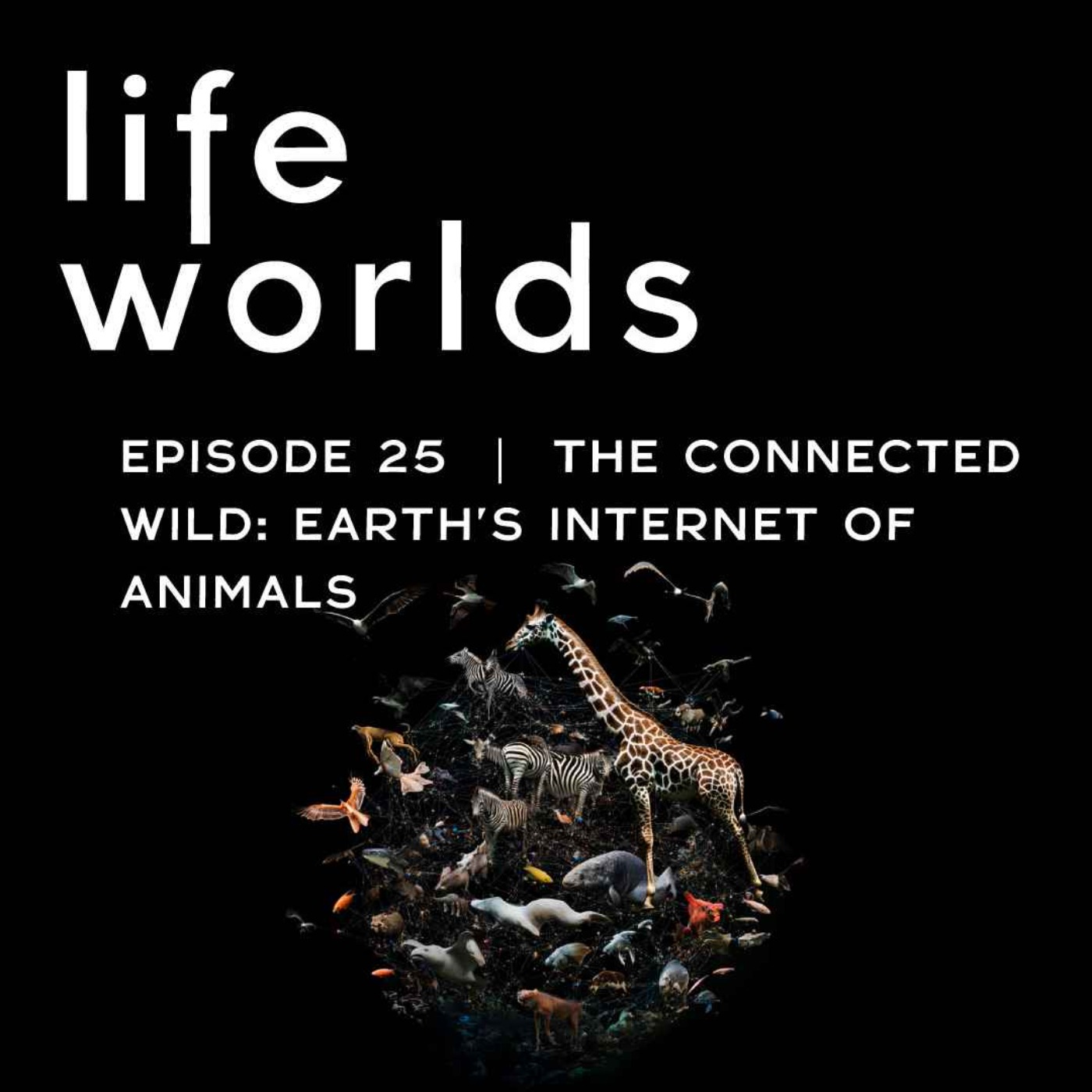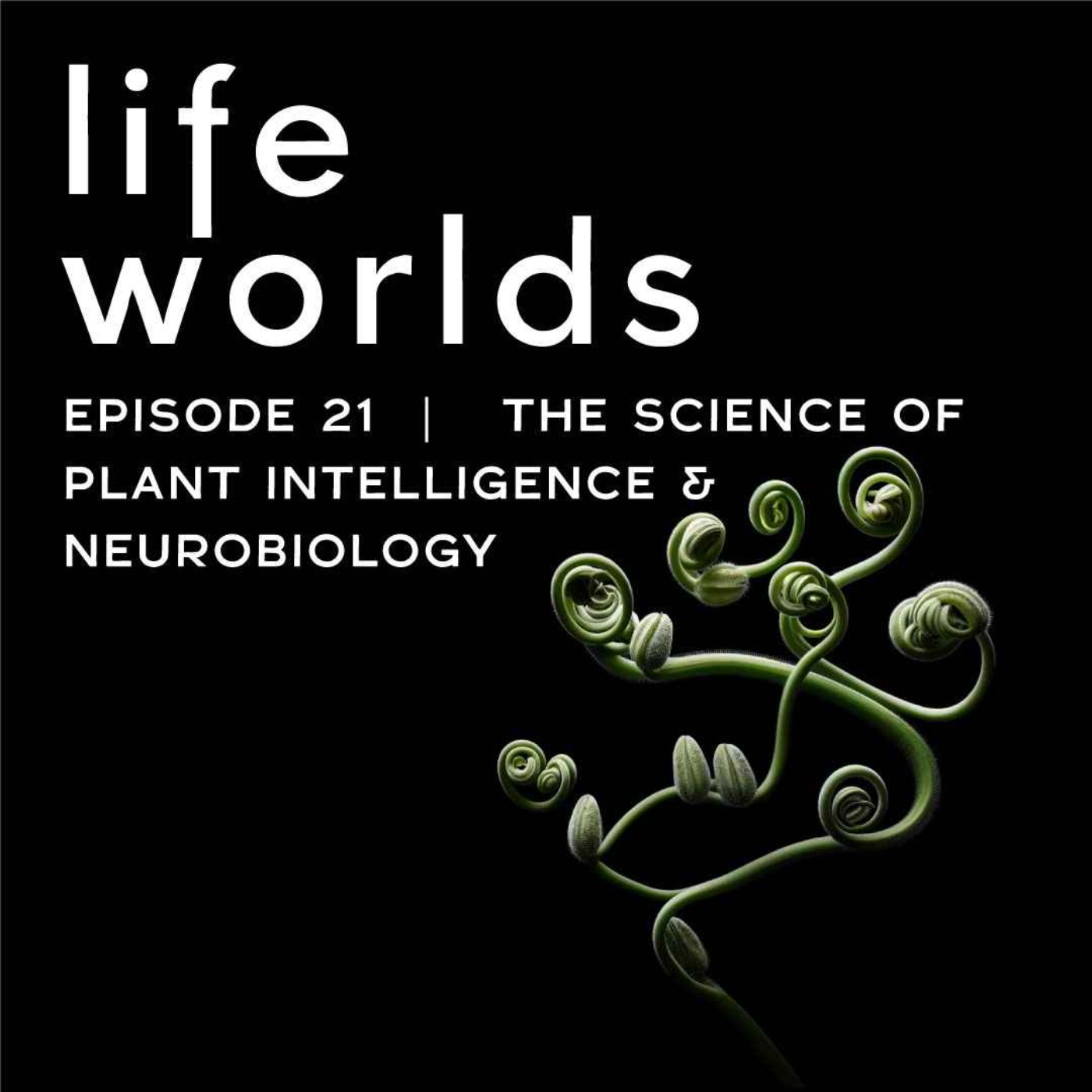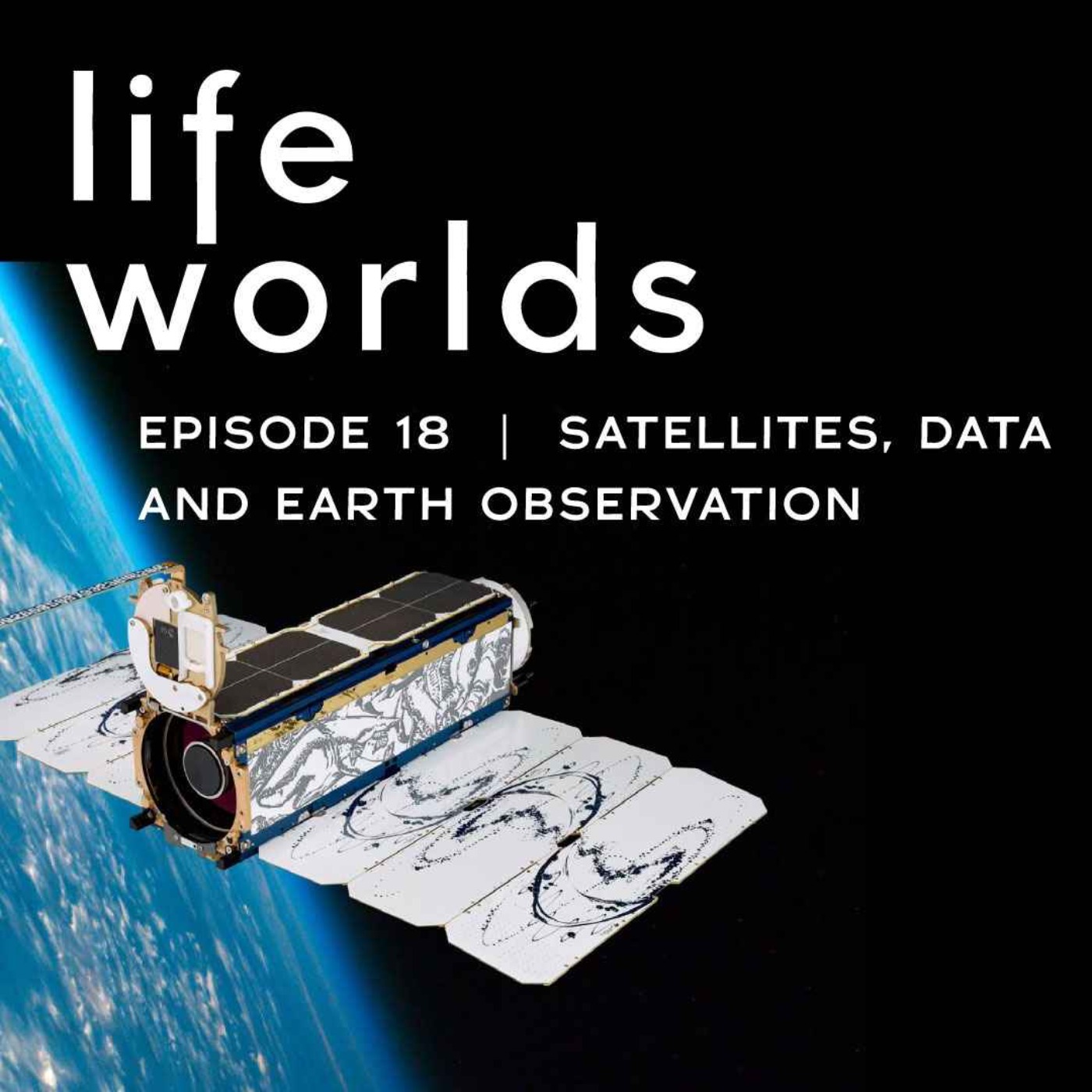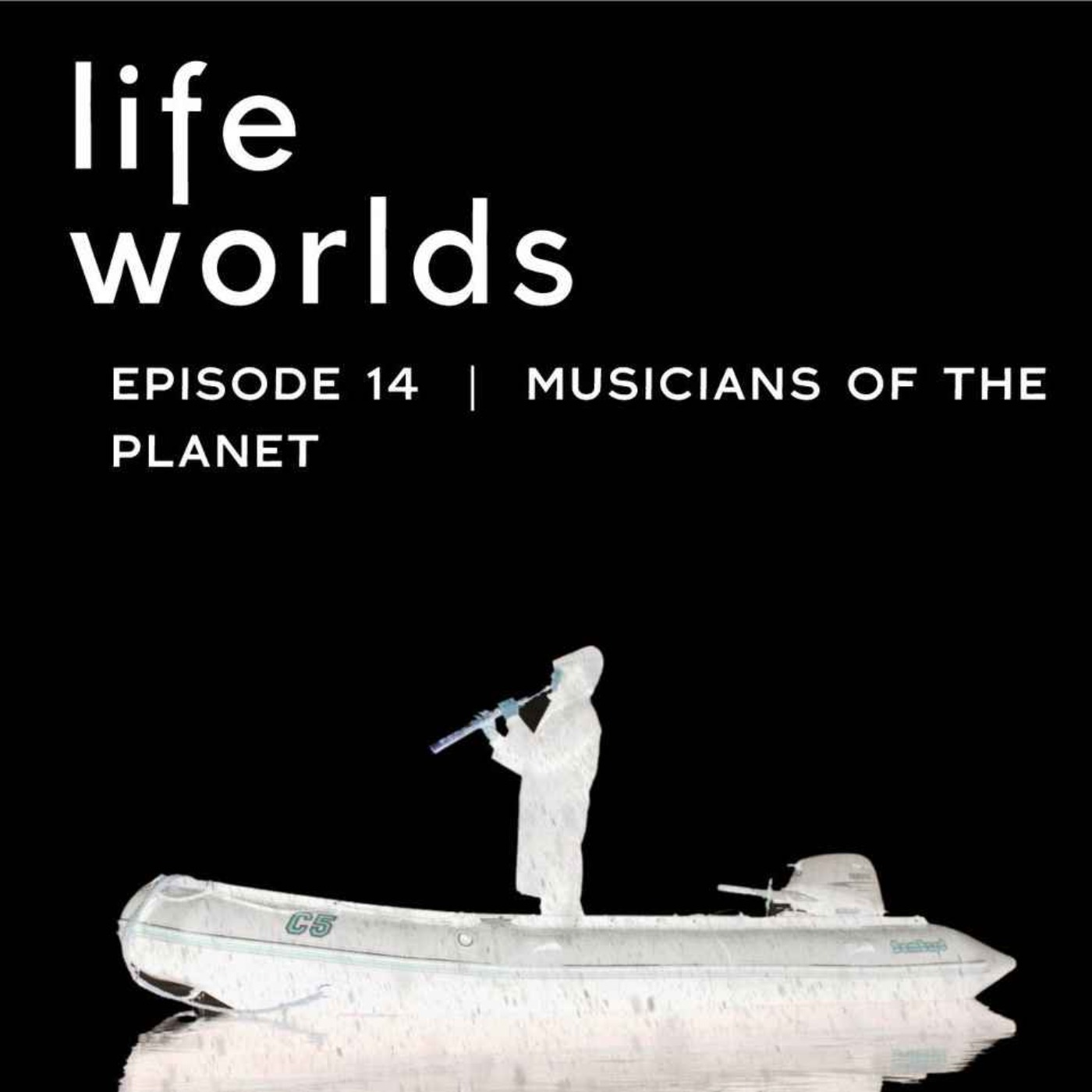25. The Connected Wild: Earth’s Internet of Animals
Description
Throughout history, many cultures have observed and interpreted animal behavior to predict events and read the landscapes around them. The multispecies lives of our planet weave an astonishing network of information across the face of the globe, a web of knowledge compromised of thousands of creatures communicating with each other, across species, and with their environments.
How we listen in on this collective intelligence? Today’s guest Martin Wikelski is director of the Max Planck Institute of Animal Behavior and the International Cooperation for Animal Research Using Space (ICARUS) - a project which has been dubbed as ‘the internet of animals’. Their team has created a global ecological monitoring system, attaching remote sensing chips to thousands of animals in the wild, in effect uncovering and translating, as Martin says, ‘the collective intelligence of life on earth’.
By tuning in to the communication and culture of animals, the project his project reveals the planet's hidden workings with enormous implications for conservation, global finance, and human infrastructure.
We explore many of these forward-thinking ideas in this episode, adding another layer to Lifeworlds’ ongoing question: How do we sense the planetary and see through the perspectives of other life?
Episode Website Link
Show Links:
- Internet of Animals Book
- Article: The Internet of Animals: what it is, what it could be
- Birdcast: Showcasing the spectacle of bird migration
- Movebank
- Whalesafe
- Global Biodiversity Information Facility (GBIF)
- Lifeworlds: Bioacoustics
- Lifeworlds: Satellites
- Interspecies Internet
- Earth Species Project
- Will Hawkes: Insect Migration
Look out for meditations, poems, readings, and other snippets of inspiration in between episodes.
Music: Electric Ethnicity by Igor Dvorkin, Duncan Pittock & Ellie Kidd
Hosted on Acast. See acast.com/privacy for more information.
























